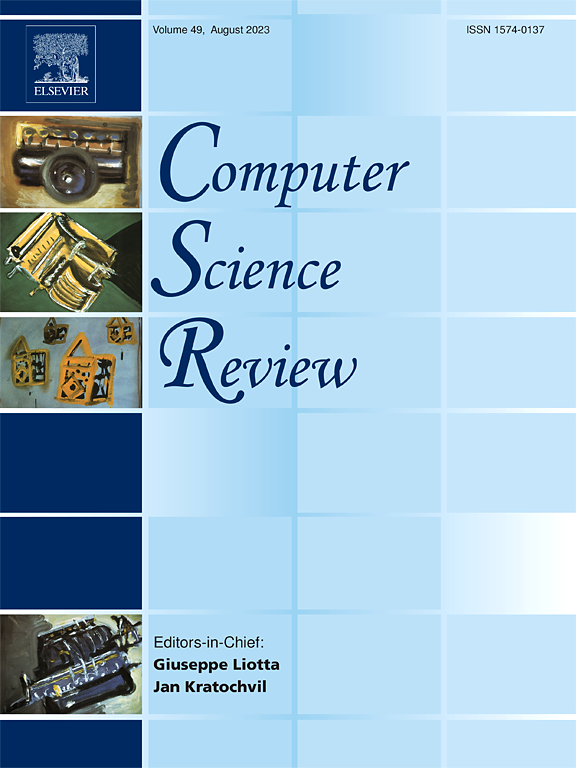人体运动软件的去噪和补全滤波器:带代码的调查
IF 12.7
1区 计算机科学
Q1 COMPUTER SCIENCE, INFORMATION SYSTEMS
引用次数: 0
摘要
从医疗保健到工业5.0,用于人体运动分析的软件平台越来越多地应用于各个领域。然而,这些平台固有的不准确性经常导致对人体姿势的嘈杂观察或信息缺失的时期。因此,数据滤波去噪或补全是数据分析之前的基本步骤。多年来,已经提出了不同的技术,从基于低通滤波器的通用解决方案到基于状态观测器而不是深度学习的更高级和嵌入式方法。本调查提出了当前最先进的滤波解决方案,用于去噪和完成由人体运动分析软件平台生成的数据。它侧重于通过基于标记或无标记的动作捕捉系统推断出的3D位置数据。该调查提出了一个基于过滤技术和应用假设的简明分类。对于每个类,它总结了基本概念,并报告了从文献中收集的应用程序反馈。该调查还包括实现代码或作者原始代码的链接,使读者能够在不同的实验环境中快速重现所有算法(https://github.com/PARCO-LAB/mocap-refinement)。本文章由计算机程序翻译,如有差异,请以英文原文为准。
Denoising and completion filters for human motion software: A survey with code
Software platforms for human motion analysis are increasingly utilized across various fields, from Healthcare to Industry 5.0. However, the inherent inaccuracies of these platforms often lead to noisy observations of human poses or periods of missing information. As a result, data filtering for denoising or completion is a fundamental step before data analysis. Over the years, different techniques have been proposed, from general-purpose solutions based on low-pass filters to more advanced and embedded approaches based on state observers rather than deep learning. This survey presents the current state-of-the-art filtering solutions for denoising and completing data generated by software platforms for human motion analysis. It focuses on 3D positional data extrapolated through marker-based or marker-less motion capture systems. The survey proposes a concise taxonomy based on filter technology and application assumptions. For each class, it summarizes the basic concepts and reports application feedback collected from the literature. The survey also includes implementation codes or links to the authors’ original codes, enabling readers to quickly reproduce all the algorithms in different experimental settings (https://github.com/PARCO-LAB/mocap-refinement).
求助全文
通过发布文献求助,成功后即可免费获取论文全文。
去求助
来源期刊

Computer Science Review
Computer Science-General Computer Science
CiteScore
32.70
自引率
0.00%
发文量
26
审稿时长
51 days
期刊介绍:
Computer Science Review, a publication dedicated to research surveys and expository overviews of open problems in computer science, targets a broad audience within the field seeking comprehensive insights into the latest developments. The journal welcomes articles from various fields as long as their content impacts the advancement of computer science. In particular, articles that review the application of well-known Computer Science methods to other areas are in scope only if these articles advance the fundamental understanding of those methods.
 求助内容:
求助内容: 应助结果提醒方式:
应助结果提醒方式:


